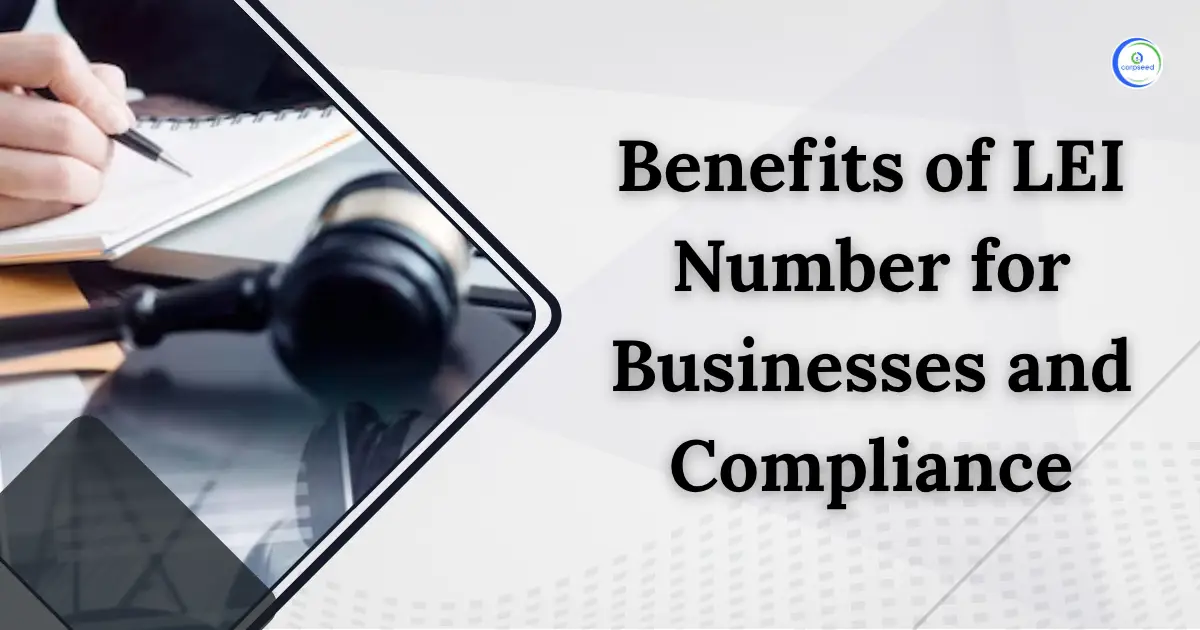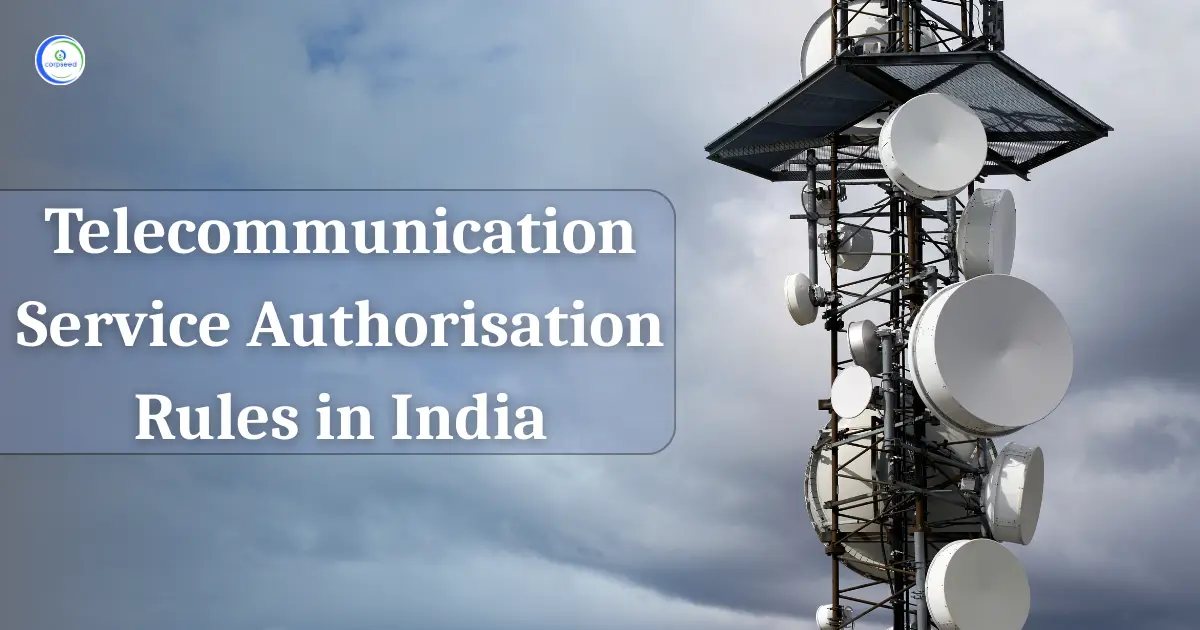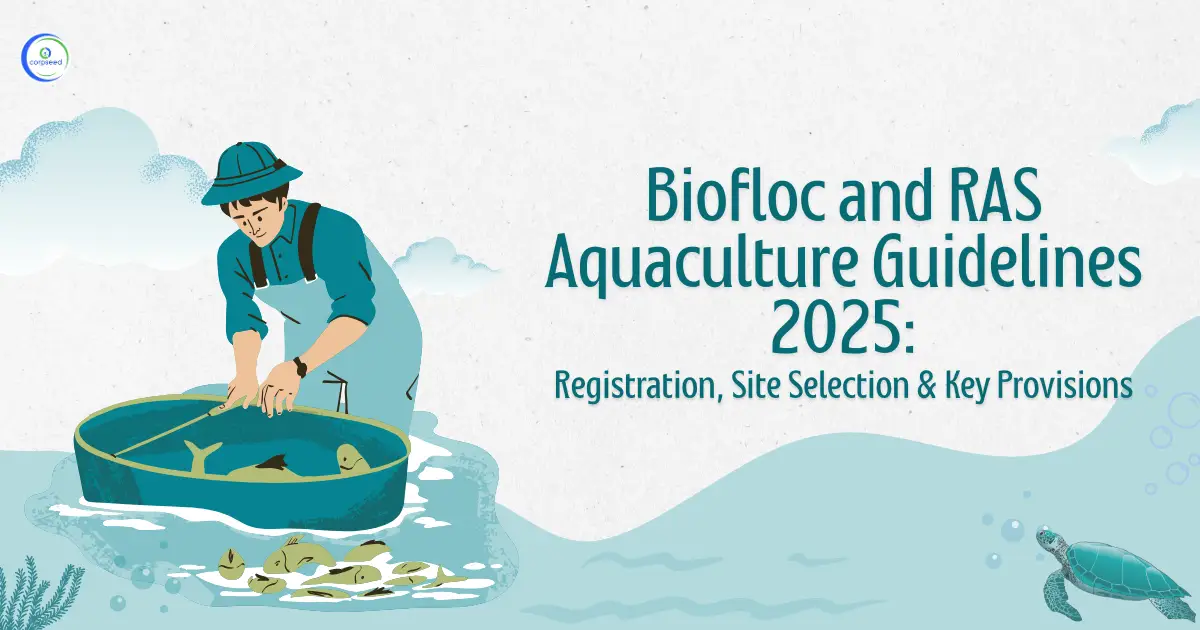Introduction: Digitize India Platform
The Government of India's flagship program, Digital India, aims to turn India into a digitally enabled society and knowledge economy.
In the mid-1990s, India's e-governance program expanded to include a larger range of sectorial applications, with a focus on citizen-centric services. Some important projects, such as railway computerization, land record computerization, and so on, were among the government's key ICT endeavors, which primarily focused on the creation of information systems. Following that, many states embarked on ambitious individual e-governance projects aimed at providing citizens with electronic services. Despite the fact that these e-governance projects were centered on citizens, their restricted features hindered their ability to have the desired impact.
The segregated and less participatory platforms highlighted fundamental flaws that were impeding the proper implementation of e-governance across the board. They emphasized the importance of more complete planning and implementation for the infrastructure that must be put in place, as well as interoperability challenges that must be addressed, in order to create a more connected government.
E-kranti: National e-Governance Plan 2.0
In 2006, the Nationwide e-Governance Plan (NeGP), a national e-governance initiative, was launched. Agriculture, land records, health, education, passports, police, courts, municipalities, commercial taxes and treasuries, and other domains were covered by 31 Mission Mode Projects under the National e-Governance Plan. 24 Mission Mode Projects have been realized and are now providing the full or partial range of services that were originally planned. The Government of India approved the e-Kranti program with the vision of "Transforming e-Governance for Transforming Governance," in response to the shortcomings in the National e-Governance Plan, which included a lack of integration among government applications and databases, a low degree of government process re-engineering, and the potential for leveraging emerging technologies such as mobile and cloud, among others.
All new and ongoing government projects, as well as those that are being revamped, should now adhere to the key principles of e-Kranti, which include 'Transformation rather than translation,' 'Integrated Services rather than Individual Services,' 'Government Process Reengineering (GPR) to be mandatory in every MMP,' 'ICT Infrastructure on Demand,' 'Cloud by Default,' 'Mobile First,' 'Fast-Tracking Approvals,'
The number of Mission Mode Projects (MMPs) has grown from 31 to 44. Women and Child Development, Social Benefits, Financial Inclusion, Urban Governance eBhasha, and other social sector projects have been introduced as new MMPs under e-Kranti.
Vision of Digital India
Three primary vision areas are at the heart of the Digital India initiative:
- Digital infrastructure as a core utility to every citizen
- Governance & services on demand
- Digital empowerment of citizens
Digital Infrastructure as a Core Utility to Every Citizen
A well-connected country is necessary for a well-served country. When even the most remote Indian villages are connected to the internet via broadband and high-speed internet, the delivery of electronic government services to all citizens, targeted social benefits, and financial inclusion will become a reality. "Digital infrastructure as a utility to every person" is one of the primary themes on which the Digital India vision is focused.
Key Components Under this Vision:
- Availability of high-speed internet.
- Cradle to grave digital identity that is unique, lifelong, online, and authenticable to every citizen.
- Mobile phones and bank accounts enable to citizen participation in digital & financial space.
- Easy access to Common Service Centre.
- Shareable private space on a public cloud.
- Safe and secure cyberspace
Governance and Services on Demand
Various state governments and central ministries have taken numerous measures throughout the years to usher in an era of e-governance. Efforts have been made at different levels to improve public service delivery and make the process of obtaining them easier. In India, e-government has progressed from the computerization of government departments to programs that encompasses the finer elements of administration, such as citizen centricity, service orientation, and transparency.
The National e-Governance Plan (NeGP) was approved in 2006 with the goal of taking a comprehensive look at e-government activities across the country and merging them into a single vision. A major countrywide infrastructure, stretching down to the most remote of communities, is being built around this concept, and large-scale record digitization is going undertaken to enable easy and dependable access over the internet. The ultimate goal was to make all government services available to the common man in his neighborhood through common service delivery outlets, while also ensuring efficiency, transparency, and reliability of such services at cheap prices in order to meet the basic needs of the common man."
Six factors are essential for ensuring that all residents and other stakeholders in the country have access to government and services on demand.
- Seamlessly integrated services across departments or jurisdictions
- Services available in real-time from online and mobile platforms
- All citizen entitlements to be portable and available on the cloud
- Digitally transformed services for improving ease of doing business”
- Making financial transaction electronics and cashless
- Leveraging Geospatial Information System (GIS) for decision support systems and development.
Digital Empowerment of Citizens
Connectivity via the internet is a fantastic leveler. Indians are increasingly networking and conversing with one another via mobile phones and laptops connected to digital networks, regardless of their ethnic or socioeconomic status. By focusing on digital literacy, digital resources, and collaborative digital platforms, the Digital India programme pledges to convert India into a digitally empowered society. The importance of universal digital literacy and the availability of digital resources/services in Indian languages is also highlighted.
There are five key points of this vision:
- Universal Digital Literacy
- Universally accessible digital resources
- All documents/certificates to be available on cloud
- Availability of digital resources/services in Indian Languages
- Collaborative digital platforms for participative governance
Eligibility Criteria For Digitize India Platform
- Working on the Digital India platform does not require any academic qualifications.
- The applicant must be a citizen of India.
- The computer knowledge test must be completed.
- The aadhar card procedure must be completed.
- The Aadhar card must be linked to a bank account.
- The applicant must have a personal computer or laptop as well as access to the internet.
- On the digital India platform, you can earn 100 Indian rupees if your typing speed is good.
Procedure for Registration of Digitize India Platform
- First Open the link https://digitizeindia.gov.in/
- Fill in all of the needed information.
- To begin, ask about the person's full name, date of birth, gender, and addhar number.
- Click on the validate aadhar number button after you've applied for the aadhar number.
- After that, you must enter your username and password, as well as confirm your password.
- You must give your email address and phone number. Check to see whether you've chosen the correct email address.
- Read the terms and conditions before accepting and submitting them.
- You must log in after completing your digitized India registration.

How to Login with Digitize India?
If you have already registered with the Digitize India platform at digitizeindia.gov.in, you must visit this page and complete the steps.
On the page, click the sign-in button, pop up on the right corner of the website.
Please enter your user id and password.

This portion of the site is for informational purposes only. The content is not legal advice. The statements and opinions are the expression of author, not corpseed, and have not been evaluated by corpseed for accuracy, completeness, or changes in the law.
BOOK A FREE CONSULTATION
Get help from an experienced legal adviser. Schedule your consultation at a time that works for you and it's absolutely FREE.








